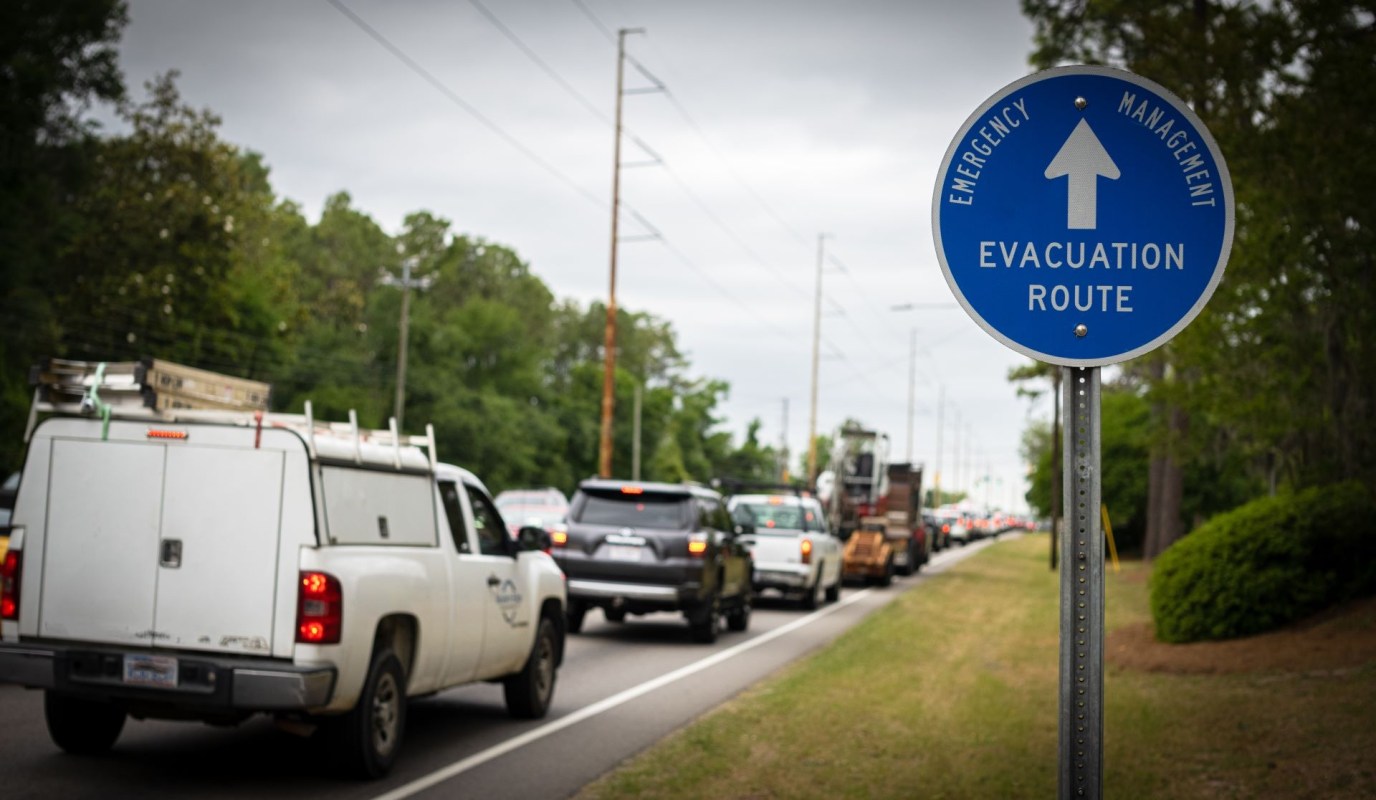Over the last four decades, hurricanes that form over the North Atlantic have been getting more severe, according to the Center for Climate and Energy Solutions. This change is due to our planet getting warmer, creating the right conditions for stronger storms.
Now, a new study published in Environmental Research Communications shows that these storms actually cause much more rainfall on land than earlier models predicted, leading to a huge increase in flood risk.
What's happening?
When the air gets warmer, it can hold more water vapor that will later become rain. Weather models and observations from the last few decades have suggested that every time the temperature gets 1.8 degrees Fahrenheit hotter, the air can hold 7% more water, Axios reports. This means that scientists expect around 7% more rainfall during the storm.
This is called the Clausius-Clapeyron relationship, and it already indicates that rising worldwide temperatures will lead to worse storms.
But while the Clausius-Clapeyron relationship matches the amount of rainfall measured when a storm is over the ocean, this new study shows a sharp increase when the storm hits land. Over land, there was as much as a 40% increase in rainfall. This appears to be due to moist air being drawn in from surrounding areas.
Why worry about a little rain?
As Axios reports, the worst damage from a storm isn't caused by wind — it's caused by flooding.
If these warmer storms are producing more rain, then there will also be a greater flood risk, leading to incredible property damage and loss of life. This conclusion matches real-world observations of recent disasters, which have become more frequent and more devastating.
What's being done?
Stopping the Earth's rising temperature would also stop these storms from becoming stronger since the increase in severity is due to the heat.
Since the Paris Agreement — an international treaty geared toward stopping the world from getting hotter — governments worldwide have made an effort to curb the air pollution that drives these rising temperatures.
Individuals can also help by switching to less polluting, more affordable energy sources when possible; choosing electric vehicles and public transportation over gas-powered passenger cars; and buying local products to reduce air pollution from shipping.
Join our free newsletter for cool news and cool tips that make it easy to help yourself while helping the planet.









